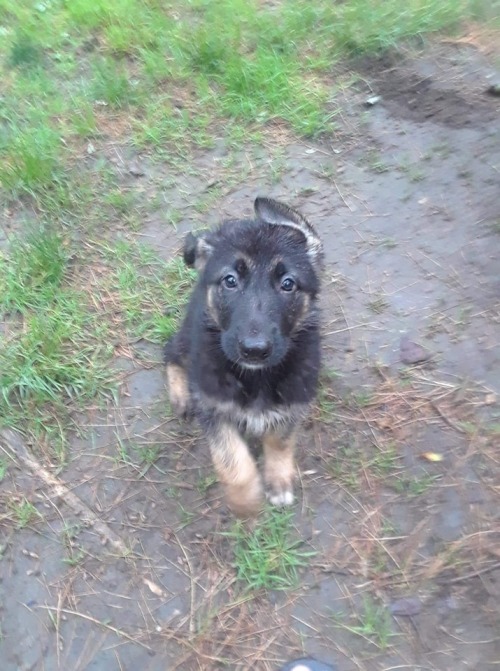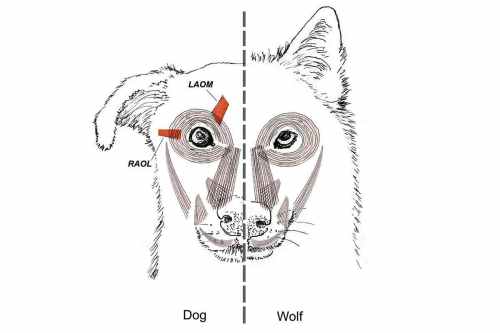
For years, I’ve had a long-standing policy of never writing about pit bulls or bull breed mixes. I oppose BSL, and I think if any breed or type of dog requires compassionate advocates, it is these dogs.
But just because I oppose BSL does not mean that I think that selective breeding is without importance when it comes to dog behavior.
I am also fully aware that there are millions of these dogs that haven’t had fighting ancestors for many, many generations. Lots of these dogs are pretty mild, even more toned-down the typical boxer.
However, I am aware that there are many of these dogs that still retain instincts to fight other dogs, and some of these dogs are particularly dangerous to people. I used to have strong beliefs that shelters and rescues base their decisions upon individuals and not the breed, and I still largely have this opinion.
But in recent years, pit bull advocacy has turned into a sort of base denial that selective breeding has any effect on the behavior of these dogs. We also are living in a time when people are encouraged to rescue dogs, rather than buy them from breeders.
We live in an era in which people are being encouraged to give up meat, reduce their carbon footprint, and generally do things that are compassionate and responsible. People are told that the best thing you do is rescue a dog. However, what we have seen in the past decade or so, we have seen really wonderful reforms in community shelters across the nation. Purebred rescues have done a remarkable job in keeping their dogs out of shelters, as have truly responsible breeders. High intake shelters in the South have good relationships with shelters in other parts of the country, so dogs wind up in areas where there are good homes.
These developments are all good things for dogs in the United States. But a new problem has arisen.
Go to virtually any county pound or public shelter, and the vast majority of the dogs there will be pit bulls and pit bull mixes. The best shelters do evaluate these dogs and are careful at screening which homes get them, but not all shelters have the expertise to do the due diligence.
Meanwhile, because these dogs really do need homes, lots of pit bull advocates are encouraging socially conscious people to go to the shelter and adopt a pit bull. In many cases, it’s a match made in heaven, but in too many other cases, a really super hot pit bull winds up in the hands of someone who cannot control, manage, or contain the animal properly.
And this creates a dangerous situation.
Let’s take an absurd analogy to see why this is a problem. I love Belgian Malinois, but I know the most serious people in that breed do all they can to ensure their dogs wind up in the right homes. These dogs have a lot in common with pit bulls, and because they are generally bred by only serious enthusiasts, they are more consistently a lot of dog than we see in the various pit bull types.
But no one says that Malinois are nanny dogs or that having one is just like having a Labrador. If anyone were to say such absurdities, they would likely be driven out of the entire Malinois culture.
But in pit bulls, we hear all sorts of things about how docile they are. And yes, a lot of them are quite mild dogs, but the ones that are really aggressive certainly do exist.
So when these advocates are promoting that pit bulls are just like any other dog they are not doing the dogs any favors. Yes, you can get a mild and gentle pit bull, but if you’re getting the dog from the pound, there is a good chance that you could be getting something that is a bit much.
Newby dog owners and potentially aggressive dogs are not a good mix. Add to this melange a new belief system that says that dogs must be trained and managed without any form of punishment or discomfort, and we’re talking a really dangerous situation.
I know that what I have written is controversial. It is controversial only because of context. No one would jump my case for saying that border collies go into stalking position when they herd sheep because of selective breeding. It is without controversy to say that pointers will hold their points when the see or smell quarry.
The level of dog aggression that some pit bulls have came about because of selective breeding. It is not all in how you raise them. Most people are ill-equipped to deal with a dog that has that sort of behavior, and if you’re not, you should not just get a shelter pit bull. You might get a mild, gentle one. Or you could get something that really isn’t a good dog for the typical family.
That’s a hard thing to say, because yes, there is a chance that you could get a gentle pit bull. Further, dogs in shelters may behave entirely differently at the shelter than they will after being at someone’s home for a few months. When a dog becomes comfortable in its new home, then you can see what the temperament actually is, and it may not be something that is easy to handle.
I am not saying that anyone who gets a pit bull or rescues one is an idiot or that these dogs are universally dangerous. I am saying that there is a good chance that you can get a dog that is too much. And you’d better be prepared to manage and control this animal.
If you don’t know how or are unwilling to get one of these dogs off another dog, then you should look for another breed.
I mean this as no insult to the nice, well-managed pit bulls and bull breed mixes, but I am saying that there really are dogs out there in this general type of dog that will do a lot of damage to another dog. Some are so bad that they are dangerous to people.
Further, we, as dog people, should stop shaming people who get their dogs from responsible breeders. We are unintentionally driving people to get dogs they might not be able to handle properly, and this is not good for any dog anywhere.
Please note that I am not saying that this same problem exists only in pit bulls. You can get German shepherds are totally dangerous. Pretty much any large dog can be dangerous in the right circumstances.
But the issue I’m criticizing is the rescue culture that is pushing these dogs, which can potentially have these problems, onto a well-meaning but largely unskilled public. And with this type of dog, this is exactly what is going on.
And these dogs certainly deserve better advocacy. I don’t write these words because I hate the dogs or their owners. I love dogs, but I want dogs to be in homes that can full appreciate and manage what the dog really is.
I don’t think anyone can construe my position with hatred. Just disappointment.
Read Full Post »
















